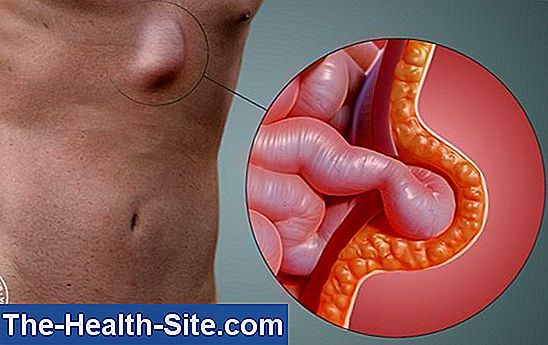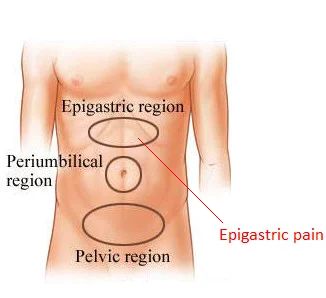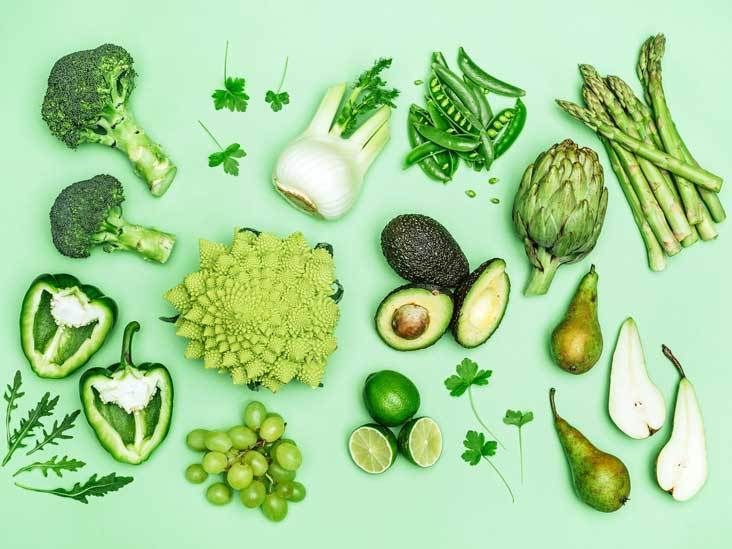Epigastric Hernia
Oct 10, 2019 • 279 views

Quote source
Hernia
A bulging of an organ or tissue through an abnormal opening. A hernia generally occurs in the intestine or in the stomach.
Types of hernia
Inguinal
Incisional
Hiatal
Hemoral
Epigastric
Umbilical hernia
Let us look in detail about epigastric hernia.
Epigastric hernia
It is a type of hernia where bulges or lumps occurs in the epigastric region of the abdominal walls. It's above the belly button and just below the sternum of the rib cage. It is usually small, where the epigastric lining breaks into the surrounding tissue. Larger hernias, however, may cause fatty tissue or part of the stomach to push through. About 2-3 % of all abdominal hernias are epigastric hernias. It’s also seen in infants. Generally, it occurs in small dimensions (15-25 mm) but voluminous ones also may occur (5-10cm)

Epigastric hernia source
Cause
It is caused because of incomplete closure of abdominal tissue during development or weakness in the abdominal walls. It varies in size. It is present from birth.
Factors that cause epigastric hernia
Obesity, pregnancy, coughing fits, heavy lifting, physical labour, intensive training or sports.

Epigastric pain source
Symptoms
Usually people are unaware of the fact that they have an epigastric hernia and the symptoms are not seen or felt. Some of the symptoms that both children and adults experience is pain, tenderness, nausea, vomiting and abdominal lump that can be seen or felt. The raised area may be visible all the time or only when you cough, sneeze or laugh. Certain actions like crying, coughing, straining to urinate and doing strainful activities can increase the symptoms.
Some symptoms of epigastric hernia come and go it is called reducible hernia.
Diagnosis
By physical examination, Abdominal ultrasound or CT scan. In an ultrasonography picture, the epigastric hernia is seen clearly along with the hole. This an ultrasound scan which shows a 100% sensibility.
If left untreated
Lead to an increase in pain, bowel blockage, diarrhoea. If no surgery is done pain will increase and it might become unbearable and will lead to much more complications such as a strangulated hernia-where the tissue which bulges out is cut off from blood supply and this leads to the death of the tissue.
Treatment by Surgery
Surgery can help to reduce the pain caused by epigastric hernia.
Hernia surgeries are classified into two types hernioplasty and herniorrhaphy. This takes about 30 minutes to one hour. The surgery is generally safe and effective.
Before surgery - certain tests are taken. The patient is under anaesthetic. Sterilization of the surgical site before the surgery is done to avoid infections.
During surgery - implantation of mesh (polypropylene) or a suture. (Laparoscopic hernia repair surgery) The surgeon removes the fat if it is pushing through the skin. Sometimes the organs also push through in such cases the surgeon will place the organs back inside the abdomen in its respective places. Then the weak spot is closed by stitches like closing a hole in a piece of cloth or by using a mesh. The surgeon should make sure that the patient doesn’t have any history of rejection of surgical implants. The mesh is permanent and it prevents the hernia from recurrence. The mesh is a permanent material and, when sewn, it allows the body's normal healing process to incorporate it into the local structures. Hernia repair with mesh has proved to be a very effective means of repair.
It is necessary to be aware of some of the complications that can happen during the surgery such as pain, bleeding, infection surrounding the site of surgery, scarring and blood clots. Serious complications are an injury to internal organs during the surgery and collection of blood in the site. The laparoscopic surgery method decreases the amount of postsurgical pain. Sometimes lasers are used to make an incision. There is no evidence of laser method reducing the pain.

Hernia surgery source
Recovery time: 2-4 weeks. Elderly people may take a long time for recovery.
The pain will be experienced for a week after the surgery. Walking can help heal the recovery process. During this time, avoid strainful activities and don’t lift any heavy objects. Follow-ups are necessary.
Ayurvedic treatment
Focus on a diet. Eat less quantity of food during a meal but make sure to eat at regular intervals of time. Drink carrot juice.
Herbal treatment
Liquorice root powder, chamomile, ginger juice.
Food to eat
Leafy greens, beans, non-acidic food, non-citrus fruits, whole grains. Consume steamed vegetables.

Food to eat source
Foods to avoid
Fried items, caffeine, alcohol, red meat and highly acidic fruits and vegetables should be avoided because it may cause heartburn symptoms.
Lifestyle changes
Avoid smoking and alcohol because smoking leads to cough and this will cause pressure on the weak spot. Do not overeat. Avoid sleeping or lying on the bed immediately after a meal. Maintain body weight. If you are obese exercise daily. Do easy exercises which do not strain the weak spot where the hernia is present.
Our health is our asset and it’s our duty to maintain it.
